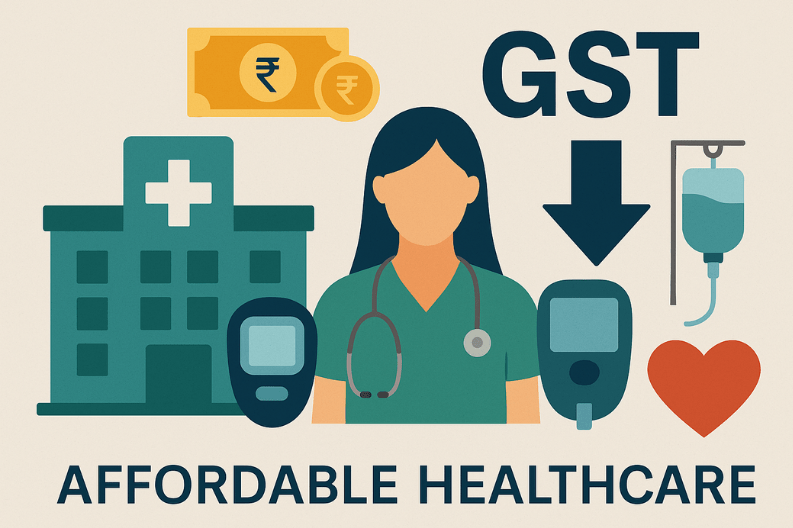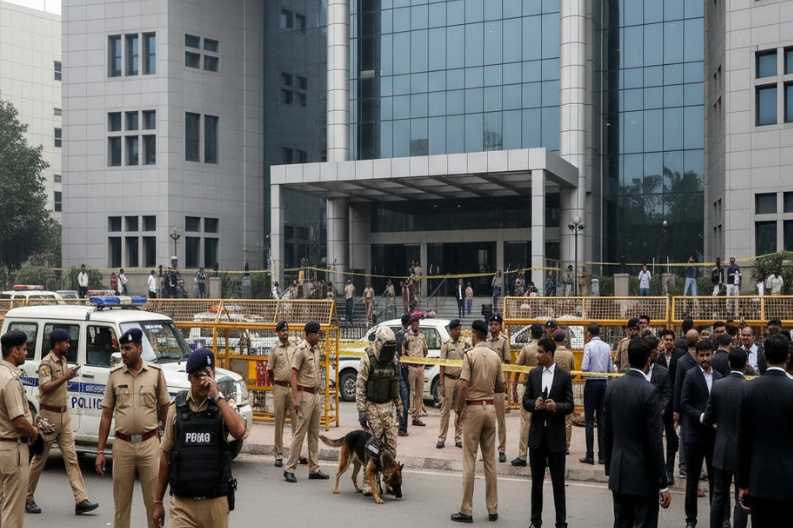On September 22, experts in the medical devices and pharmaceutical industry welcomed a major change under GST 2.0. The updated tax rules aim to make healthcare more affordable and accessible for people across India. 🏥
This month, the Goods and Services Tax (GST) Council reduced the GST on medical devices from 12% to just 5%. This is a significant step to lower the cost of essential healthcare equipment for patients, hospitals, and clinics.
The Association of Indian Medical Device Industry (AiMeD) expressed their excitement, calling the move a “transformative step towards a healthier, stronger, and Atmanirbhar Bharat,” meaning a self-reliant India. They thanked Prime Minister Narendra Modi for implementing this change and promised to pass the savings directly to the public.
Before this change, most medicines carried a 12% GST. Now, 36 critical life-saving drugs, including treatments for cancer and rare diseases, will have no GST at all. This removes the tax burden entirely on medicines that are vital for patients’ survival.
Other healthcare products also benefit from the revised GST. Tax rates on health and life insurance premiums, glucometers, and corrective spectacles have been reduced, making essential tools and services more affordable.
Sudarshan Jain, Secretary General of the Indian Pharmaceutical Alliance (IPA), noted that the tax reduction will result in direct savings for patients. He added that families will experience less financial pressure while accessing essential care. Jain explained that IPA, representing 23 major pharmaceutical companies, will ensure these benefits reach citizens quickly and transparently.
Regions like Chandigarh stand to gain significantly from this reform. As the joint capital of Punjab and Haryana, changes in Chandigarh influence healthcare access in both states. Lower taxes mean more people can afford treatments and devices, which strengthens the overall healthcare system.
Affordable healthcare also encourages people to seek treatment early, improving health outcomes and reducing long-term medical costs. Families can spend saved money on education, housing, or other necessities. Supporting local manufacturers further boosts economic development while promoting self-reliance in the healthcare sector.
The government plans to monitor the impact of these changes closely. Officials want to ensure that the benefits reach those who need them most. By continuously improving the healthcare system, India can create a healthier and more equitable society.
In conclusion, the reforms under GST 2.0 are a major step toward lowering healthcare costs, increasing accessibility, and supporting both patients and local manufacturers. This initiative reflects the government’s commitment to improving health services nationwide and building a self-reliant, healthier India.



